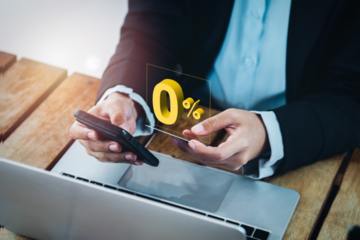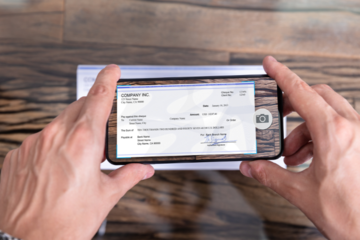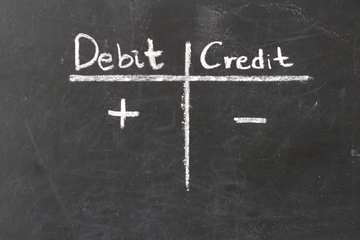When a consumer’s vehicle breaks down, their house needs a costly repair, or other unforeseen expenses arise, they might not have the funds to cover the costs. A personal loan or line of credit can help them make ends meet.
There are many loan options available and trying to decide on which one is right for you can be overwhelming. Consumers should educate themselves on the differences between loan options to make the best choice.
What Is a Personal Loan?
A personal loan refers to the money a consumer borrows from a financial institution.
When Would Someone Get a Personal Loan?
When a consumer gets a personal loan, they typically receive the funds in one lump sum. Most personal loans are unsecured, which means the consumer is not required to put up collateral to be approved for the loan. Some, however, may be secured loans. Some examples of secured personal loans are mortgages and vehicle loans.
Benefits of a Personal Loan
Personal loans can be helpful to consumers. Three benefits of choosing a personal loan are: The money from a personal loan can be delivered quickly. Borrowers can often be approved and receive the funds by the following business day*.
Interest rates are usually fixed. While there are some variable interest rate personal loans (for example, some mortgages have variable rates) most of them are fixed. This helps the borrower budget, knowing that every payment will be the same until the debt is paid off.
No collateral needed. Most personal loans are unsecured. If the borrower does not pay off the loan, they will not have their assets seized like they could with a secured loan.
What Is a Line of Credit?
A line of credit is a set amount of money made available to a consumer by a lender. Lines of credit can be either unsecured or secured by a piece of collateral. A home equity line of credit (HELOC) is an example of a secured line of credit. When a person has an open line of credit, they can withdraw funds at their discretion from their available balance.
How to Get a Line of Credit?
Consumers interested in a line of credit should visit their financial institution and complete an application. Getting approved for a credit line may take a few minutes to several days, depending on the lender's underwriting process.
Benefits of a Line of Credit
Two of the most valuable benefits a line of credit offers are:
Flexibility. The borrower has access to funds when they need it and can draw from the line of credit, up to the credit limit.
Convenience. Having access to the funds to pay for expenses and other life events gives a consumer security and peace of mind.
How Are Personal Loans and Lines of Credit Different?
While lines of credit and personal loans are similar, the main difference is the way in which the consumer receives the money. Lenders deliver a personal loan to the borrower in a single lump sum, whereas a borrower can take advances from a line of credit up to their limit.
FAQs
Is a Line of Credit Considered a Loan?
A personal line of credit is designed to be a flexible loan type where your funds can be borrowed up to the credit limit and paid back over time.
Can I Use My Line of Credit to Pay Bills?
Using a line of credit to pay bills is a common occurrence today.
Apply Through Integra Credit For Your Next Personal Loan or Line of Credit
Understanding how personal loans and a line of credit work help consumers choose the best option. Integra Credit offers a seamless application process. Apply today.



